-
-
Read the Issue
Explore Issue #1 in PDF format with full-text search or as individual entity-tagged TEI documents.
From the First-Issue Collective:
The editorial collective of this first issue of Heresies shares not a political line but a commitment to the development of coherent feminist theory in the context of practical work. The time for reformulating old positions or merely attacking sexism is past. Now we must take on the most problematic aspects of feminist theory, esthetic theory and political theory. We are not only analyzing our own oppression in order to put an end to it, but also exploring concrete ways of transforming society into one that is socially just and culturally free.
The role of the arts and the artist in the political process is our specific arena. By confronting the very real differences in our own attitudes towards art and politics, which reflect those in the wider, feminist community, we have uncovered networks connecting a broad range of forms and ideologies. As material for the first issue came in to us, we found that no hard line could be drawn between texts and visual material. There are, therefore, few "illustrations" here, but independent statements expressed visually, verbally, or in combination, sharing the same power and the same intent, and indicating that word and image can be equal ingredients in politically effective art.
We found no solutions to the issues raised, but we are finding approaches that feel fresher and more satisfying. Working together toward collective decisions was entirely different from working alone or as part of conventional hierarchies. Each of us worked on every page of this magazine, a slow and frustrating process, but one from which we learned a great deal about each other, about editorial and mechanical skills, about the collective process itself, about our subject—feminism, art and politics— and about what it means to be political in a real, active, living situation. We mean to go on from these beginnings and we look to the larger feminist community for participation, response and criticism. Together we can work toward some answers. We have nothing to lose but our illusions.
Joan Braderman, Harmony Hammond, Elizabeth Hess, Arlene Ladden, Lucy Lippard, May Stevens.

